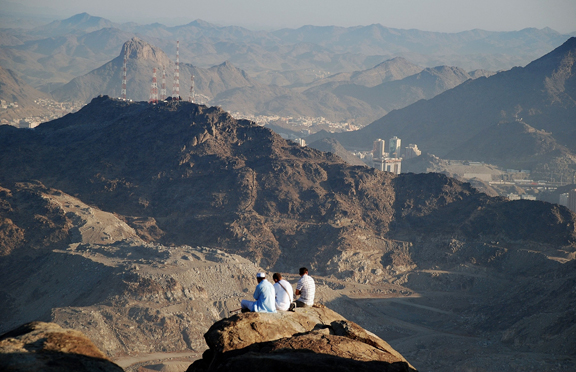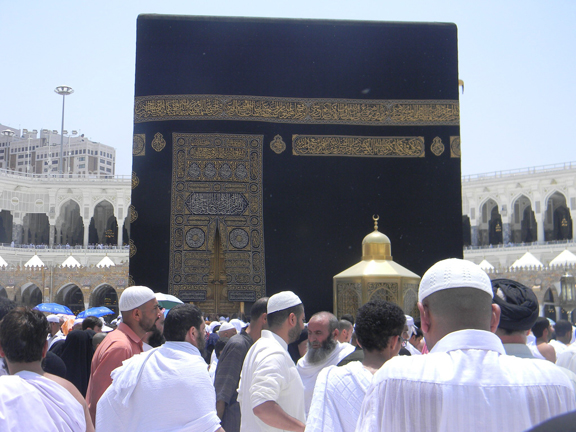
By Charly SHELTON
This week marks the second of two holidays on the Muslim calendar. Eid Al-Fitr, celebrating the end of the month of Ramadan, was held on June 14 this year. And yesterday, Aug. 22, marked the beginning of the second holiday, Eid Al-Adha – the Feast of Sacrifice. With so few holidays compared to other religions, the opportunity to write about Islamic traditions is rare. So we at CV Weekly would like to honor this holy week with a bit of history of the holiday for those unfamiliar.
Eid Al-Adha is the five-day festival celebrating the end of the annual pilgrimage to Mecca, Saudi Arabia, and other nearby religious sites. This journey, called a hajj, is the fifth and final pillar of Islam. The pillars outline the duties of a Muslim, the others being expression of faith, charitable giving, prayer and fasting during the month of Ramadan. The hajj states that every Muslim who is physically and financially able must make the trip to Mecca at least once in their lifetime. This trip is a five-day journey through the desert full of prayer, introspection and rituals meant to connect one to their roots and to Allah. The hajj is undertaken during a prescribed period in the 12th month of the Islamic lunar calendar and the end of the trip, arriving in Mecca, is celebrated with Eid-Al Adha. This is a big feast that celebrates both the end of the annual hajj and commemorates the Quranic/Biblical story of Ibrahim’s willingness to sacrifice his son, Ismail (or for the Jewish and Christian names, Abraham and Isaac).

For pilgrims on hajj, the feast is celebrated in a big way with nearly 1.5 million descending on Mecca each year. Animals are sacrificed in a recreation of Allah’s last-minute swap out of Ismail for a ram, just before the knife came down. The sacrificed animal is divided into three parts – one third is sent to benefit the needy, one third is shared with friends and neighbors, and the final third is saved for the family to eat. One report found that in 2010, in Pakistan alone, 7.5 million animals were sacrificed for the Eid, totaling an estimated $3.07 billion in livestock cost.
In many less heavily Muslim-populated countries, it is difficult to find a place to legally sacrifice an animal, let alone to acquire an animal to sacrifice. In that case, a common practice has been to donate money to any of a number of sources that will conduct a ritual sacrifice on the donor’s behalf.
Eid Al-Adha began yesterday and will run for five days, ending on Aug. 25. Next year’s dates for the holiday will begin on Aug. 10 as the Islamic lunar calendar is 11 days shorter than the Gregorian calendar, and both Eid Al-Adha and Eid Al-Fitr march forward by those 11 days each year.
